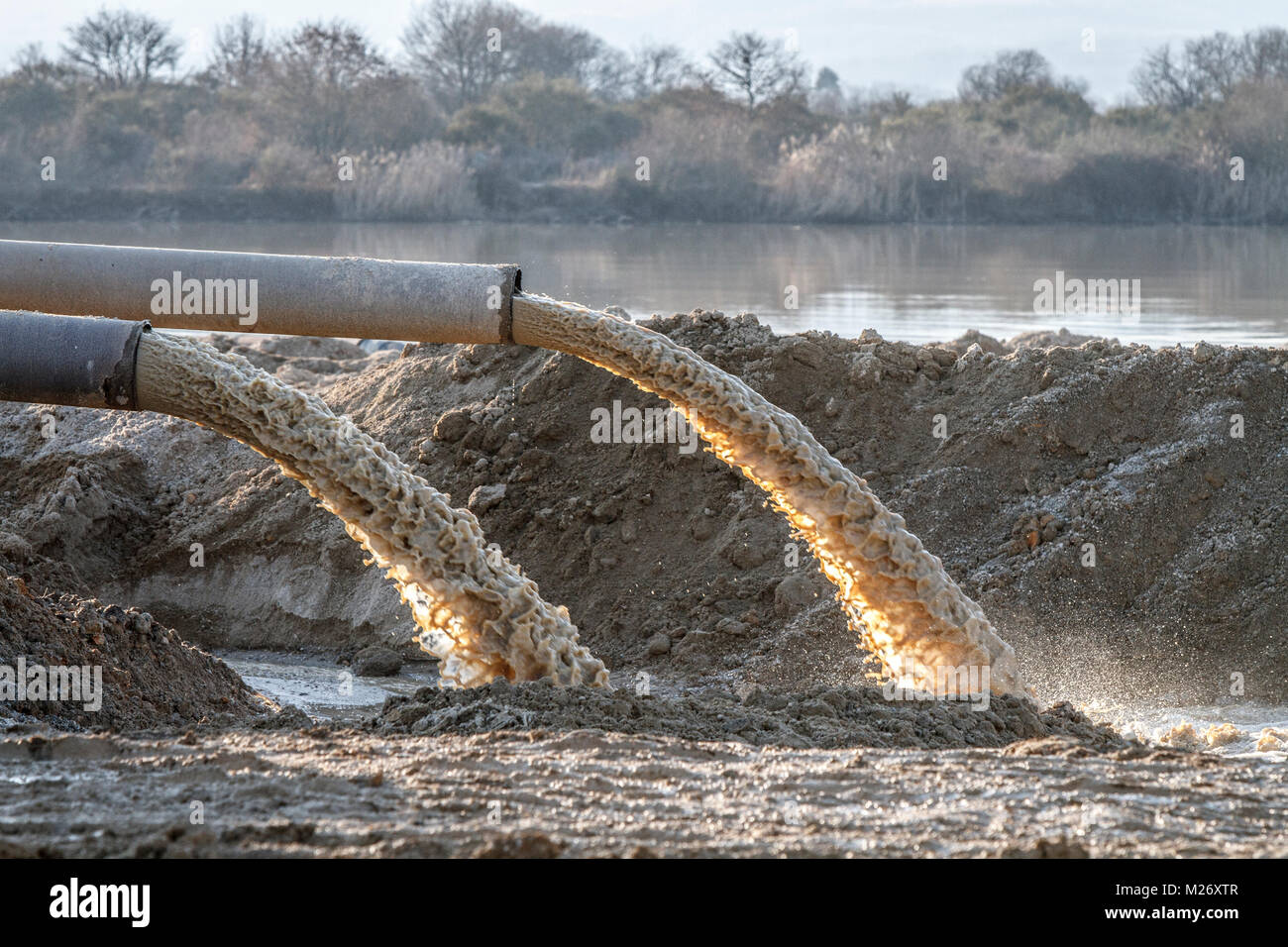Innovative Industrial Wastewater Treatment Solutions: Protecting the Environment
Wiki Article
Just How Fluid Waste Disposal Functions: An In-depth Summary of Strategies and Technologies Employed

Overview of Liquid Waste Types
The complexity of liquid waste kinds requires a detailed understanding of their attributes and implications for disposal. Fluid waste can broadly be categorized right into numerous kinds, consisting of commercial, municipal, farming, and contaminated materials. Each category exhibits unique homes, requiring specific monitoring strategies to minimize environmental and health and wellness threats.
Industrial liquid waste stems from producing processes and frequently consists of a variety of pollutants, such as heavy steels, solvents, and organic compounds. Metropolitan fluid waste, largely making up wastewater from families and industrial facilities, has organic matter, nutrients, and microorganisms (industrial wastewater treatment). Agricultural fluid waste, including drainage from ranches, might have fertilizers, pesticides, and pet waste, posing risks to water quality and environments
Hazardous liquid waste is identified by its toxicity, reactivity, or prospective to create harm. Comprehending these varied liquid waste types is vital for establishing efficient disposal approaches and guaranteeing conformity with ecological regulations.
Physical Therapy Methods

Testing is the preliminary step, where bigger fragments and debris are removed from the fluid waste using displays or grates. In sedimentation containers, much heavier particles resolve at the base, creating a sludge layer, while the made clear liquid can be further dealt with.
Filtering is another vital technique that involves passing the fluid through permeable materials, such as sand or membrane layers, to record smaller particles. This step enhances the top quality of the liquid, making it ideal for succeeding treatment procedures.

Chemical Treatment Strategies
Chemical therapy techniques are essential for successfully managing fluid waste, particularly in resolving dissolved and colloidal impurities that physical techniques might not effectively get rid of. These methods make use of various chemical representatives to neutralize, precipitate, or transform hazardous compounds right into less dangerous forms.One typical technique is coagulation and flocculation, where chemicals such as alum or ferric chloride are included to advertise the aggregation of suspended fragments. This process enhances sedimentation, enabling less complicated removal of the resulting sludge. Furthermore, oxidation procedures, utilizing representatives like chlorine or ozone, are employed to break down complicated natural substances and virus, rendering the waste much safer for discharge or additional treatment.
Neutralization is another important method, which readjusts the pH of acidic or alkaline waste streams to neutral levels, avoiding prospective injury to downstream systems and the atmosphere. Moreover, progressed oxidation procedures (AOPs) utilize mixes of oxidants and ultraviolet light to degrade relentless contaminants, accomplishing a greater degree of therapy effectiveness.
Organic Therapy Processes
Biological treatment processes play a critical duty in the monitoring of fluid waste by utilizing bacteria to decompose organic issue and lower impurity levels. These processes can be broadly classified right into cardio and anaerobic treatments, each utilizing particular microbial communities to achieve effective waste destruction.Cardio treatment involves using oxygen to facilitate the failure of natural materials by bacteria. This process is frequently executed in activated sludge systems, where oygenation containers give a helpful environment for microbial growth, causing the oxidation of natural pollutants. The resultant biomass can be separated from treated effluent through sedimentation.
On the other hand, anaerobic therapy occurs in the lack of oxygen, relying upon various germs to break down natural matter. This method is specifically helpful for high-strength waste, as it creates biogas, an eco-friendly energy resource, while minimizing sludge production. Technologies such as anaerobic digesters are regularly used in metropolitan and industrial applications.
Both anaerobic and cardiovascular biological treatments not only minimize the ecological impact of liquid waste yet also promote resource recuperation, making them vital components of sustainable waste monitoring strategies. Their effectiveness, effectiveness, and flexibility sustain their widespread application throughout various sectors.
Arising Technologies in Disposal
Ingenious approaches to liquid garbage disposal are rapidly advancing, driven by developments in modern technology and an increasing emphasis on sustainability. Amongst these arising technologies, look at these guys membrane bioreactors (MBRs) have acquired grip for their capability to incorporate organic therapy with membrane filtration, resulting in top notch effluent that can be recycled in various applications. MBRs allow smaller footprints and a lot more effective procedures contrasted to typical systems.An additional encouraging growth is using anaerobic digestion incorporated with nutrient recovery technologies, which not why not find out more only treats fluid waste yet additionally produces biogas and recoups beneficial nutrients like nitrogen and phosphorus. This double benefit boosts resource performance and minimizes ecological effect.
Furthermore, progressed oxidation procedures (AOPs) are being taken on for the deterioration of complicated organic pollutants. These methods make use of effective oxidants and stimulants to damage down impurities at the molecular level, supplying a highly efficient option for challenging waste streams.
Furthermore, the integration of expert system and artificial intelligence in waste administration systems is optimizing functional effectiveness and anticipating upkeep, resulting in minimized costs and enhanced environmental compliance. These modern technologies mirror a significant shift towards even more reliable and lasting fluid waste disposal practices.
Verdict
In conclusion, reliable liquid waste disposal requires a thorough understanding of various strategies and technologies. By constantly progressing these techniques, it becomes possible to deal with the expanding obstacles linked with liquid waste, eventually contributing to ecological security and source healing.Liquid waste disposal is a vital facet of ecological go to this web-site management, requiring a detailed understanding of numerous strategies and modern technologies tailored to various waste kinds. Liquid waste can generally be categorized into a number of kinds, consisting of commercial, community, farming, and dangerous waste. Agricultural fluid waste, including drainage from ranches, may contain plant foods, chemicals, and pet waste, presenting dangers to water top quality and ecosystems.
Various physical therapy methods play a vital duty in taking care of liquid waste properly - industrial wastewater treatment.In verdict, reliable liquid waste disposal necessitates a comprehensive understanding of different strategies and modern technologies
Report this wiki page